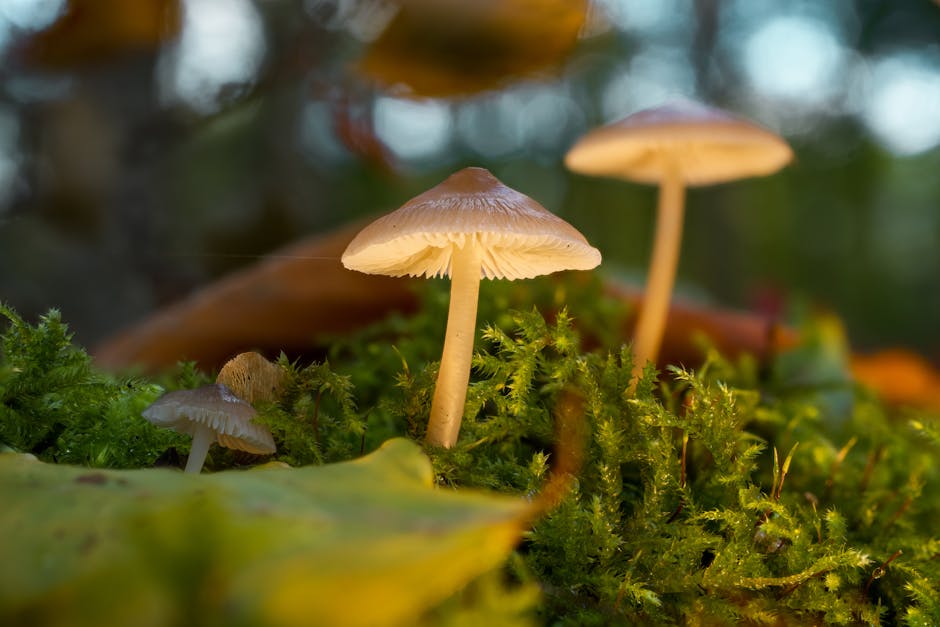
The Symbiotic Relationships Between Forest Species
Forests are not just a collection of individual species; they are complex ecosystems where various species interact and rely on each other for their survival. One of the most intriguing aspects of the forest ecosystem is the symbiotic relationships between different species.
Symbiosis refers to a close and prolonged interaction between two or more different species, often resulting in mutual benefits. These relationships play a vital role in shaping and sustaining the delicate balance within the forest.
One example of a symbiotic relationship in the forest is the partnership between ants and aphids. Ants protect aphids from predators and provide them with food, while aphids secrete a sugary substance that ants feed on. This mutually beneficial relationship allows both species to thrive.
Another fascinating symbiosis occurs between certain trees and fungi. Mycorrhizal fungi form a symbiotic association with tree roots, helping them absorb nutrients from the soil. In return, the fungi receive sugars produced by the tree through photosynthesis. This partnership enables trees to grow and obtain essential nutrients more efficiently.
The forest is full of such symbiotic relationships, each contributing to the overall health and stability of the ecosystem. Some plants rely on specific pollinators for reproduction, while others depend on animals for seed dispersal. These interdependencies create a web of connections that ensure the survival and diversity of forest species.
Understanding these symbiotic relationships is crucial for conservation efforts. By preserving entire ecosystems and protecting the habitats of different species, we can safeguard these delicate interactions. The loss of one species can have a ripple effect, impacting the entire forest ecosystem.
